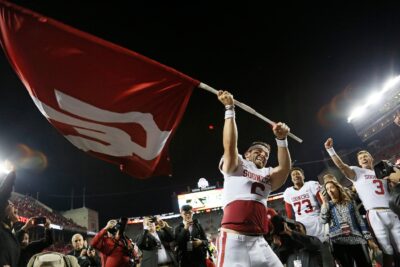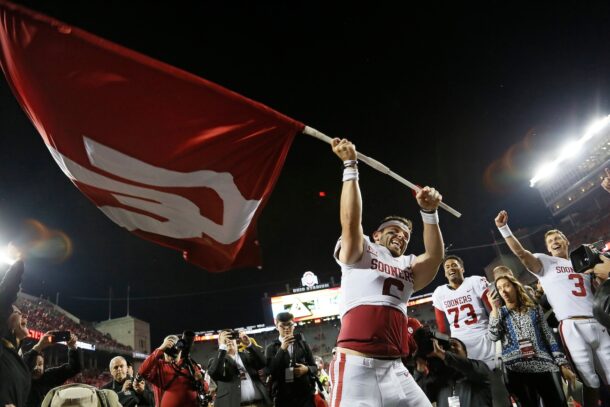
LSU recreated formula for success in win over Arkansas; now, can Tigers keep it going?
By Les East
Published:
LSU found a formula for success when they beat South Carolina 52-24 a month ago.
The components included a commitment to running the ball, execution by the offensive line, producing comfortable down-and-distance situations for freshman quarterback TJ Finley and minimizing the number of downs that the overly-susceptible-to-the-big-play defense had to participate in.
The Tigers tried to replicate that formula for their game at Arkansas on Saturday.
The coaches had 3 weeks to reflect on the 48-11 loss at Auburn that followed the win against South Carolina.
They had plenty of time to ponder what worked against the Gamecocks and what went wrong in the loss to Auburn, which had similarities to previous losses to Mississippi State and Missouri.
They came to the obvious conclusion – that the approach against South Carolina was the sensible approach to the game against Arkansas. Finley, making just his 3rd start of his fledgling career and coming off a terrible outing against Auburn, needed to regain the comfort level he had against South Carolina.
The defense had made no discernible progress in minimizing mental mistakes or big plays allowed.
Run the ball, make Finley comfortable, keep the defense out of it as much as possible.
The game plan against Arkansas appeared to be a carbon copy of the one against South Carolina. The Tigers didn’t execute it as well, and as a result they didn’t enjoy a blowout victory.
But they executed well enough to get a 27-24 victory against the Razorbacks.
The offensive line was good, the running game was effective, Finley was efficient and the defense played fewer than 19 minutes.
It was still a mighty struggle, but the 3-3 Tigers can’t turn their noses up at any victories these days.
“We wanted to run the football, have manageable 3rd downs, put the ball in our playmakers’ hands,” head coach Ed Orgeron said. “The key was time of possession.”
The final numbers were 41:43 for LSU and 18:17 for Arkansas. LSU ran 91 plays and Arkansas ran 53.
That was important because LSU allowed 8.4 yards per play.
Orgeron credited Tyrion Davis-Price, who rushed 24 times for 104 yards and a touchdown, for being the “spark” that the offense needed.
That made things easier for Finley, who completed 27-of-42 for 271 yards with 2 touchdowns, and for the whole offense, which converted 12 of 23 3rd downs. Arkansas was 0-for-10 on 3rd downs.
The Tigers allowed just 3.9 yards per rush.
“I think we improved with the 3 weeks of practice,” Orgeron said of the defense. “We stopped the run game and made them one-dimensional. I thought we had a good pass rush. We had less mental errors today than we had all year. I think that was the biggest factor.”
LSU gave up several big plays in the passing game, but they lost both starting cornerbacks during the game. Freshman Eli Ricks was ejected in the 1st half for targeting, and Derek Stingley Jr. was injured, reportedly taking a knee to the helmet, in the 2nd.
When Jay Ward went in to replace Ricks, Arkansas went right after him and came up with a 50-yard completion and a defensive pass interference penalty during what became a touchdown drive.
With the Tigers clinging to their 27-24 lead at the end of the 4th quarter, Arkansas lined up for a 44-yard field goal that would have sent the game to overtime.
Ward came off the edge and tipped the football, which never reached the goal post.
LSU escaped.
It wasn’t easy. It wasn’t pretty. It wasn’t a sign that a whole lot of stuff has been fixed.
But it was better than the last performance.
And after waiting 3 weeks for an opportunity to show improvement, the performance had to feel a lot better to the Tigers than it looked.
Les East is a New Orleans-based football writer who covers LSU for SaturdayDownSouth.com. Follow him on Twitter @Les_East.







